Lenz70 - Lenasia’s literary talent
Highlights from the Lenz70 Writers’ Book Fair
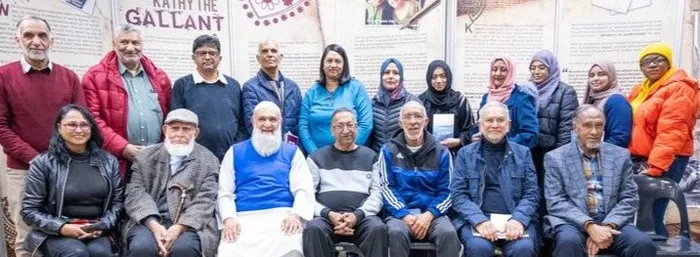
Back from left: Aslam Khota, Ismail Mahomed, Rashid Seedat, Haroon Mahomed, Natasha Morgan, Nasreen Karodia, Dr Sameera Nanabhay, Zarina Mia, Zaakirah Vadi, Atiyya Kalbekar and Angie Diale. Seated from left: Danielle Dass, Yusuf Garda, Dr Ismail Vadi, Fakir Hassen, Mahmood Moosa, Zeinul Abedien Cajee and Goolam Suleman Khan.
Image: Supplied
IN SHOWCASING Lenasia’s 70-year history, Lenz70 this month hosted a local Writers’ Book Fair at the Trade Route Mall.
A call was made for authors and academics from the community, who have had their literary work published, to discuss their books and to promote their craft. The event was coupled with the launch of a photographic exhibition of veteran Lenasia photographers, namely, the late Gopal Naransamy and Fakir Hassen, and the talented Paul Weinberg, who in the early 1980s visited the area and took some amazing black and white photographs of its people and places.
The award-winning South African journalist and author, Niren Tolsi, used the occasion to launch his latest book entitled, Writing Around the Wicket: Race, Class and History in South African Cricket. This book delves into the socio-politics of sport in our country with features on Temba Bavuma and Hashim Amla.
Lenasia has in its publicly recorded history the name of the celebrated short story writer and novelist, Ahmed Essop. Essop was a former educationist, who had an acrimonious relationship with apartheid education authorities. In 1963, after teaching for a while at the Central Indian High School in Fordsburg, he and his family settled in Lenasia. He taught at Nirvana High School, during which time he was elected Secretary of the local branch of the South African Indian Teachers’ Association (SAITA).

Ahmed Essop
Image: Supplied
Between 1973 and 1974, due to his troubled relationship with education authorities, he was transferred to various schools as a punitive measure. In frustration he resigned in 1975.
Essop by then had instituted legal action against the Department of Indian Affairs. In 1977, his case against the department was thrown out of court. He was told that the Director of Indian Education was empowered in terms of the Indian Education Act to transfer and dismiss teachers without having to give reasons for such action.
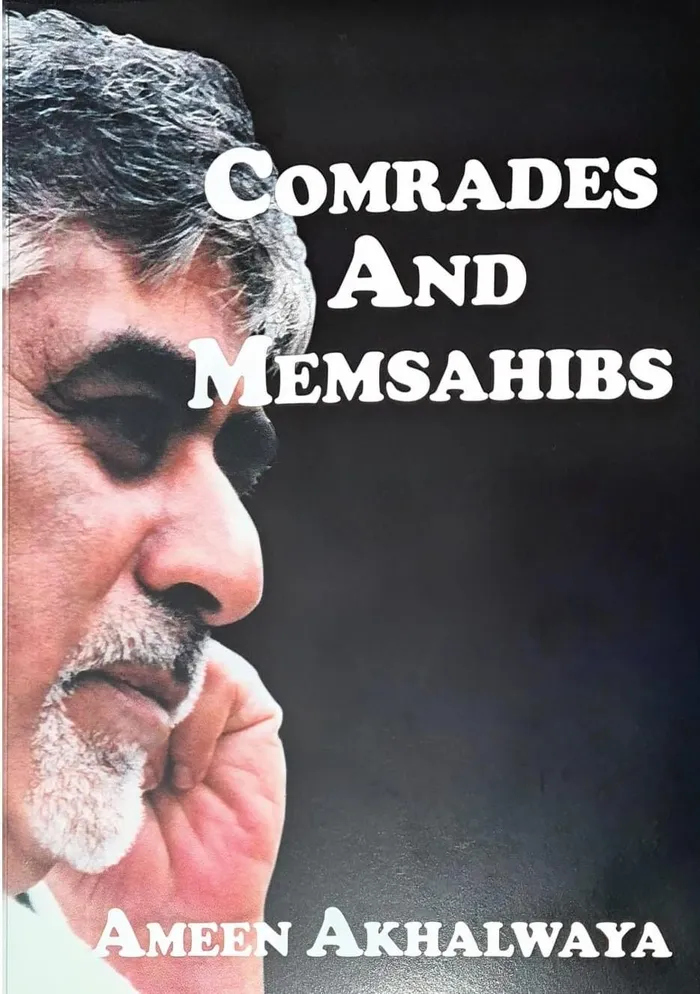
The book cover
Image: Supplied
Essop’s novel, The Emperor, is a satire on the educational system and the role of bureaucrats who supported it. Similarly, his short story, The Concrete Fountain, reflects the frustration of a teacher, whose services are terminated by the department after his refusal to accept a transfer for the fourth time. Essop was never one for servility in the face of racist bureaucrats, and after a short stint as a teacher at Silver Oaks High School in Eldorado Park, he resigned in 1986 from his post to become a full-time writer.
Most of his published works focus on the role of the Indian community in South African society. He used his literary art, particularly the genre of short stories, to highlight the challenges of the community at large and the personal complexities his literary characters faced under apartheid.
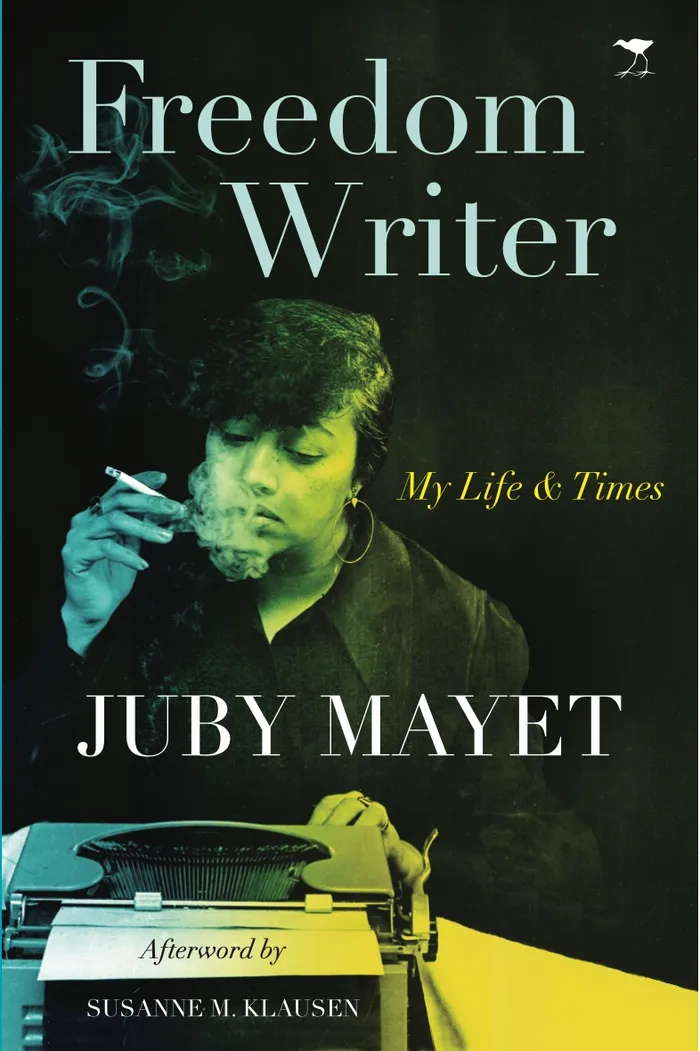
The book cover
Image: Supplied
In reflecting on the literary art of Essop, Vaijaykumari Naicker states: “Essop's works deal with the conflicting loyalties and threats to this self-contained Indian community during the apartheid era. Most of his stories focus on the Indian enclave of Fordsburg and their sustained cultural values. These stories show the steady intrusion of South African politics into the lives of his characters. Inhabiting the middle ground between the powerless Black majority and the all-powerful White minority, the Indian population has been constantly wooed by the apartheid regime as a middle-class buffer between the two races.”
In 1979, his short stories entitled, The Hajji and Other Stories, won the coveted Olive Schreiner Prize from the English Academy of Southern Africa and was later turned into a film. In 2018, Ahmed Essop received the Lifetime Achievement Literary Award at the annual South Africa Literary Awards by the Department of Arts and Culture.
In calling for a book fair we expected to see the names of a dozen or so local authors, some of whom like veteran journalists, Ameen Akhalwaya and Juby Mayet, had passed on. We were pleasantly surprised to receive the names of over 50 writers, who either lived, schooled or worked in Lenasia over the past seven decades, and who have had their work published.
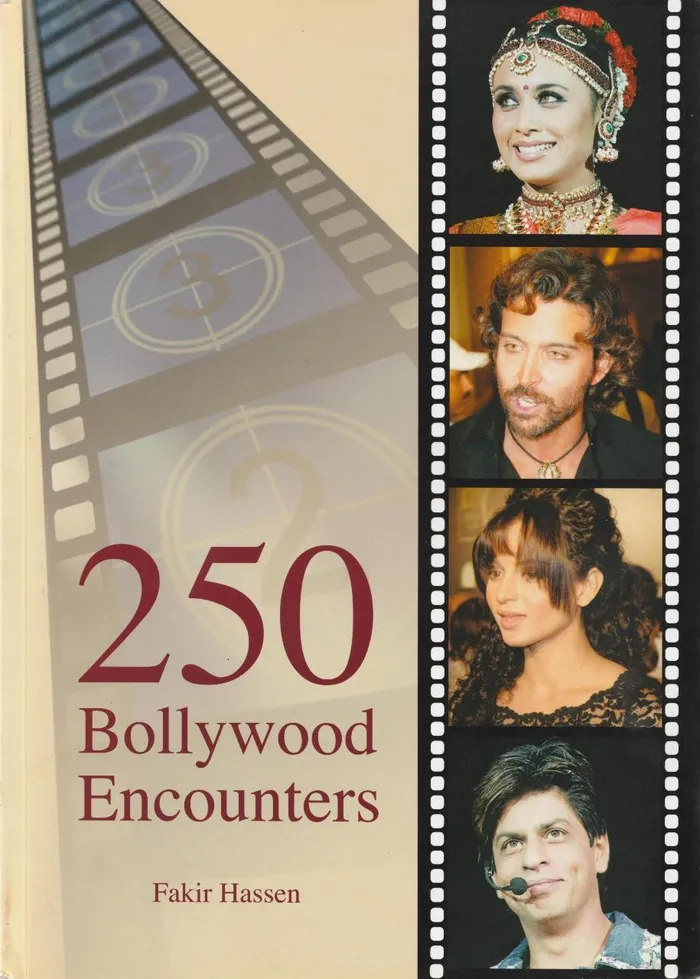
The book cover
Image: Supplied
The literary list includes the youngest author, Tibisum Hattia (13), and the veteran cricketer and teacher, Yusuf “Chubb” Garda, aged 86. However, it excludes strictly religious texts that have been published by local religious scholars, which means it can grow over time. The multiplicity of books, plays and poetry carry themes cutting across history, politics, religion, non-racial sport, gender, health and wellness, community life, civic activism, youth culture, psychology, Bollywood, and Mathematics, with most publications veering towards the non-fiction genre.
An emerging trend is the publishing of children’s’ books by highly recognised authors such as Manichand Beharilal. Of course, there are the books of veteran photojournalist, Fair Hassen; over 30 of them. These books deal with the history of community organisations; the lives of prominent sports, political and community figures; a trilogy on his own life, and the history of community newspapers such as Lenasia Times and The Indicator. Other writers who have published more than ten books each are Kishore Badal and Ismail Vadi.
The Lenasia Book Fair proved to be an exceptional literary event. It brought together 19 young and old authors, allowed for a cross pollination of ideas and skills, and opened the door for a literary mentorship programme. It has led to an informal establishment of the Lenasia Writers’ Club, which hopes to recruit every author from the community into its ranks.
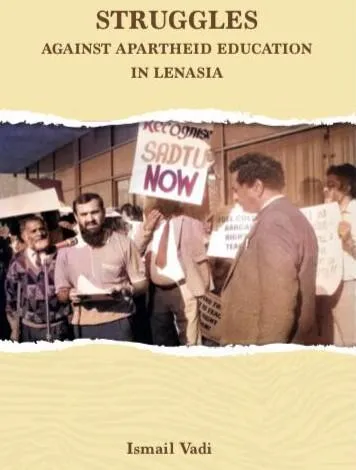
The book cover
Image: Supplied
Lenz70 has the following names of published authors from Lenasia: Abdul Samed Bemath, Abdul Khaliq Maiter, Abdul Majid Mohamed, Abdul Samad Abdul Kader, Ahmed Essop, Ahmed Kathrada, Amina Kara, Angie Diale, ASK Joomal, Aslam Khota, Attiya Dawood Kalbeka, Brenda Kali, Caryn Abrahams (Dr), Enver Surty, Fakir Hassen, Ferial Haffajee, Goolam Suleman Khan, Gopal Naramsamy, Haroon Mahomed, Hussain Ayob, Iqbal Gafoor, Ismail Adam, Ismail Mahomed, Ismail Vadi (Dr), Jagannatha Priya Das, Juby Mayet, Kalpana Chana, Kishore Badal, Laloo Chiba, Mahmood “Mems” Moosa, Manichand Beharilal, Mariam Vally, Abdul Aziz Adam (Professor), Naseema Moolla, Nasreen Karodia, Natasha Morgan, Nazir Carrim (Professor), Nedine Moonsamy, Priscilla Jana, Quraysh Patel, Rashid Seedat, Rashida Wadee, Razina Theba, Rehana Shah Bulbulia, Sameera Bamath, Sameera Nanabhai, Samuel Moonsamy (Reverend), Shaheed Wania, Suleman Dangor (Professor), Suliman Ravat (Maulana), Tibisum Hattia, Yusuf “Chubb” Garda, Yusuf “Joe” Nazeer, Yusuf Bhikoo (Maulana), Yusuf Moosagie (Mufti), Zaakirah Vadi, Zaheera Jeena-Asvat, Zarina Mia, Zeenat Adam, Zeinoul Abedien Cajee, and Zulekha Dinath-Adam.

Lenasia turns 70
Image: Supplied
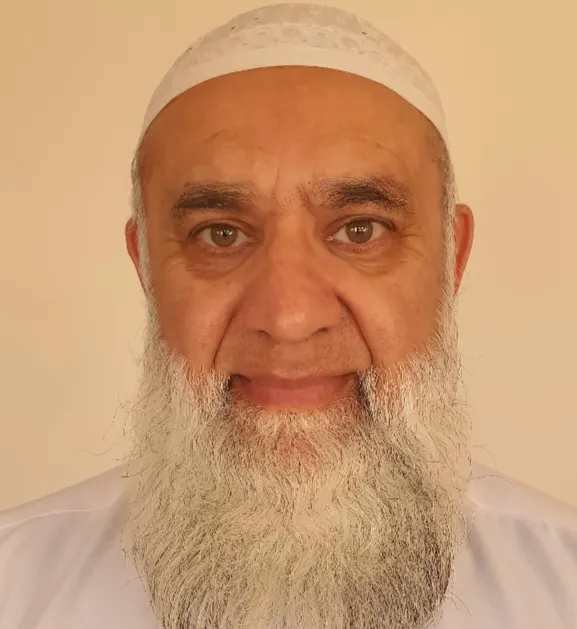
Dr Ismail Vadi
Image: Supplied
Dr Ismail Vadi is a former ANC MP and MEC for Roads and Transport in Gauteng. Interested persons can contact him at 082 772 3119.